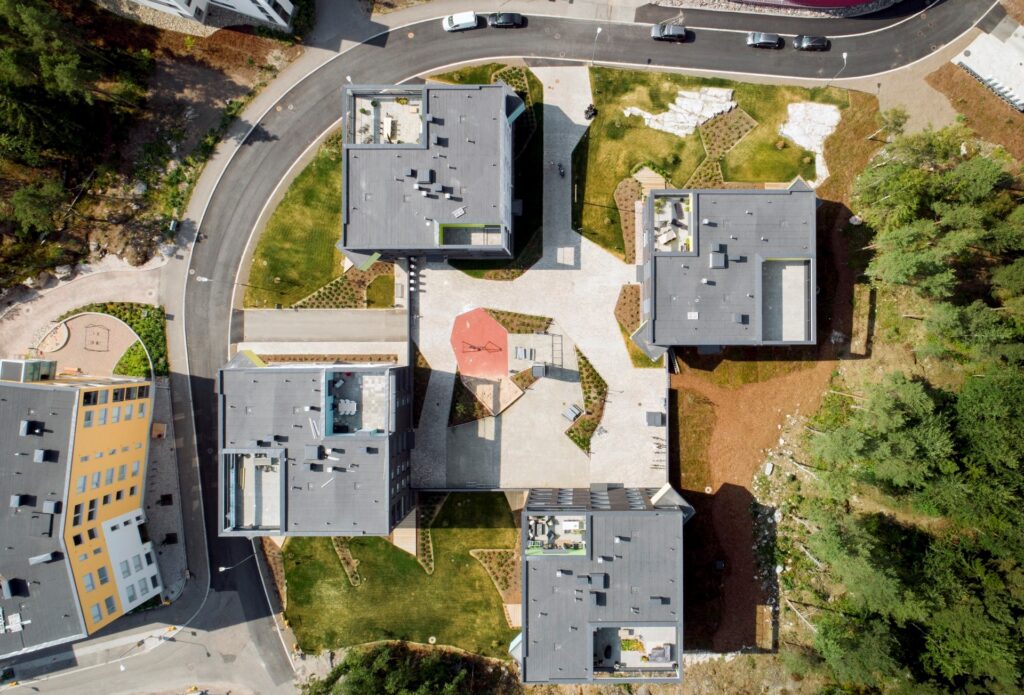According to the reform of the energy efficiency of buildings directive (EPBD), which is being prepared, all new buildings should be emission-free from 2028. The energy regulations are supposed to become stricter in 2026.

Photo: Photo office Kuvio
In mid-February, the European Parliament's Industry, Research and Energy Committee (ITRE) announced the EU Parliament's position on the Energy Efficiency of Buildings Directive (EPBD). According to it, new public buildings must be zero-emission buildings (ZEB) from the beginning of 2026 and other buildings from 2028.
In the European Commission's proposal published more than a year ago, the deadlines were wider: 2027 for public buildings and 2030 for other buildings. The directive is likely to become a bigger challenge for the owners of the existing building stock, who can expect "forced repairs" in connection with renovations this decade.
So now the proposals of the Commission, the Parliament and the Council for updating the directive are known, and the processing of the directive continues with the so-called between them. with trilogy negotiations. The directive will probably be approved at the end of the current year, and only then will the final content of the directive be known for sure. After this, Finland and other member countries must update their national legislation to comply with the directive within 18–24 months.
The first step towards emission-free buildings will probably be taken at the beginning of 2026, when energy regulations will probably be tightened in accordance with the cost-optimality principle.
RT and YM are preparing a joint project to prepare for the entry into force of the directive and e.g. let's define in more detail how zero emissions is defined in Finland. RT has influenced the preparation of the directive, especially through FIEC, the umbrella organization of European construction contractors.